Discover hidden gems and unique experiences in Japan away from the crowds.
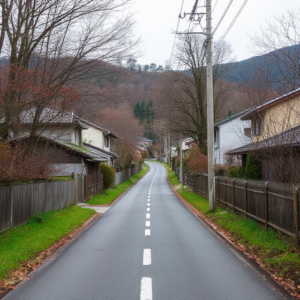
Quiet village road in rural Japan
What I found was a deeper, more personal connection to the country—one shaped not by neon lights and famous temples, but by misty mountain paths, sleepy seaside towns, and heartfelt encounters with locals. If you’re someone who likes to take the scenic route and discover the soul of a place, this journey is for you.
1. Escaping the Crowds in Tottori

Tottori Sand Dunes at sunset
Tottori is one of Japan’s least populated prefectures, and it’s exactly the kind of place that invites you to slow down. Here, you’ll find the otherworldly Tottori Sand Dunes, stretching along the Sea of Japan like a mini desert. Early morning walks here, with only the wind and waves for company, are pure magic.
Nearby, the Mizuki Shigeru Road in Sakaiminato brings a quirky twist. It’s a street filled with yokai (Japanese folklore creatures) statues, based on the manga of the same name. Equal parts eerie and charming.
2. Staying in a Thatched Village: Shirakawa-go
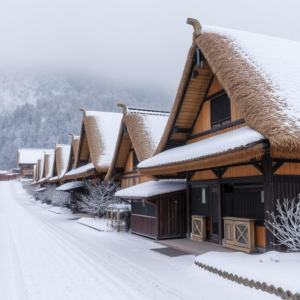
Snow-covered thatched houses in Shirakawa-go
There’s little to do here—and that’s the point. Walk the quiet paths, listen to the river, and sip hot tea by the irori (sunken hearth). It’s the kind of peace that lingers long after you leave.
3. The Enchantment of the Inland Sea: Naoshima
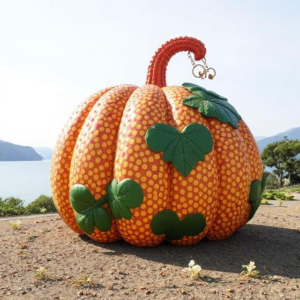
Yayoi Kusama Pumpkin sculpture on Naoshima Island
Naoshima, an island in the Seto Inland Sea, is a dream for art lovers. Giant pumpkins by Yayoi Kusama dot the shoreline, and the island is home to world-class museums like the Chichu Art Museum and Benesse House.
But beyond the art, there’s something special about riding a rented bicycle through sleepy fishing villages and watching the sun set over the water. Time slows down here, in the best possible way.
4. Discovering Forest Temples in Koyasan
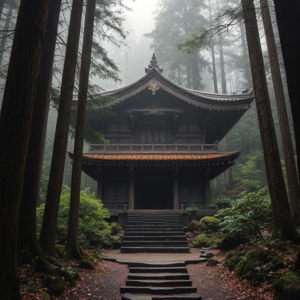
Misty forest temple in Koyasan
While Kyoto has its stunning temples, Mount Koya (Koyasan) offers a more spiritual, immersive experience. This sacred mountain is the heart of Shingon Buddhism, and you can stay in a temple lodging, wake early for monk-led prayers, and enjoy simple, nourishing shojin ryori (Buddhist vegetarian cuisine).
A night walk through Okunoin Cemetery, Japan’s largest, is hauntingly beautiful—tall cedar trees, moss-covered gravestones, and thousands of lanterns lighting your path.
5. Conversations That Stay With You
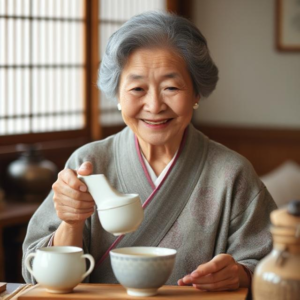
Smiling elderly Japanese woman serving tea
Some of my favorite memories weren’t places, but people. An elderly woman in a mountain village who invited me for tea. A barista in a tiny town who recommended a local hot spring. A train conductor who helped me find my stop with a big smile and a lot of gestures.
In these slower-paced areas, where fewer tourists pass through, the human connection feels more open and sincere. And even with limited Japanese, kindness always finds a way to translate.
Final Thoughts
Wandering through Japan without a strict itinerary, letting curiosity lead the way, turned out to be one of the most rewarding ways to travel. There’s something incredibly freeing about stepping away from the checklist and simply being present—watching the mist roll over rice fields, hearing temple bells echo through the mountains, or tasting something unexpected at a roadside stand.
So next time you plan a trip to Japan, consider going beyond the usual stops. The real magic often lies in the spaces in between.